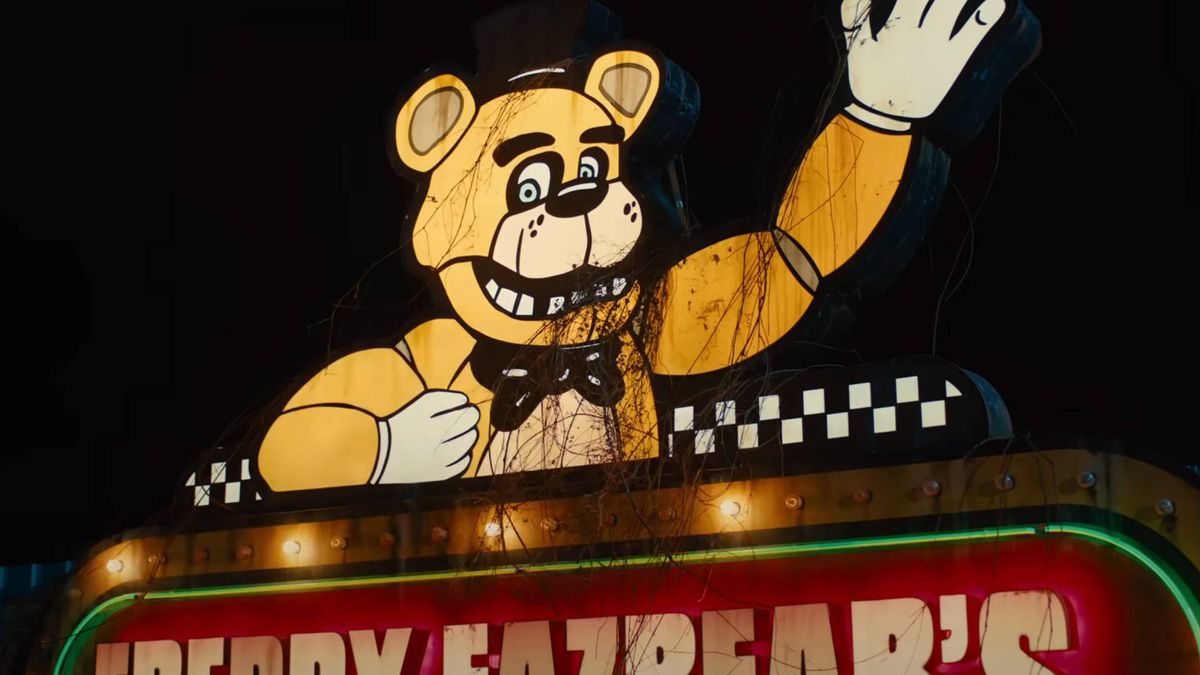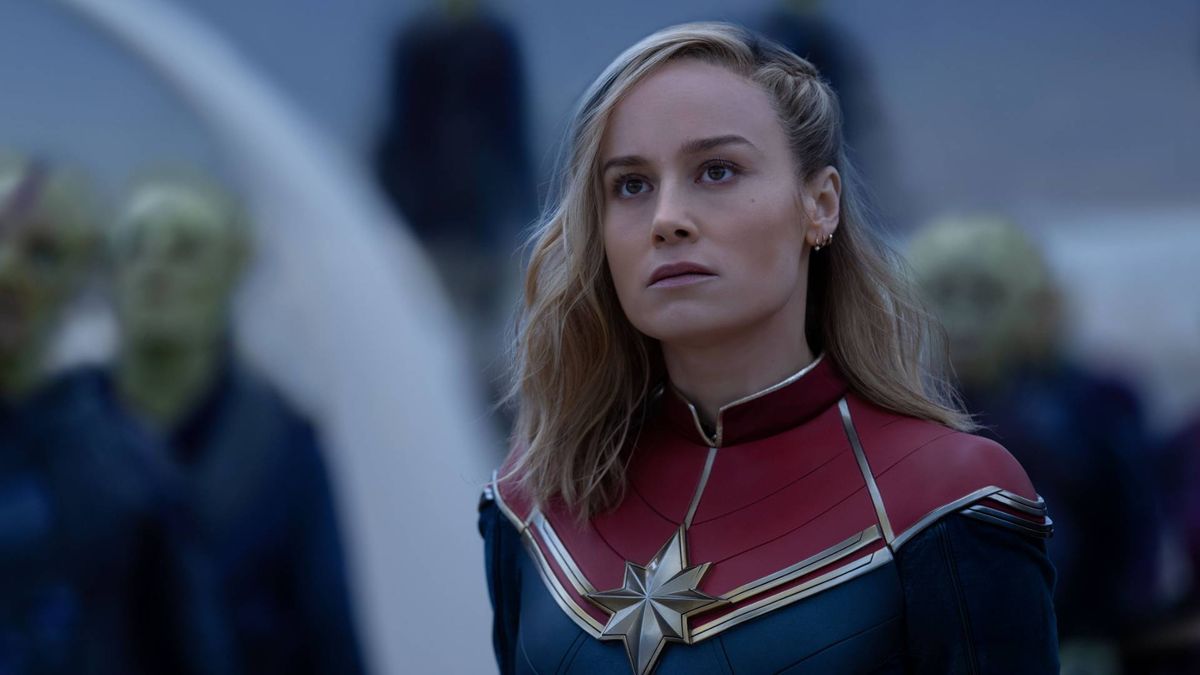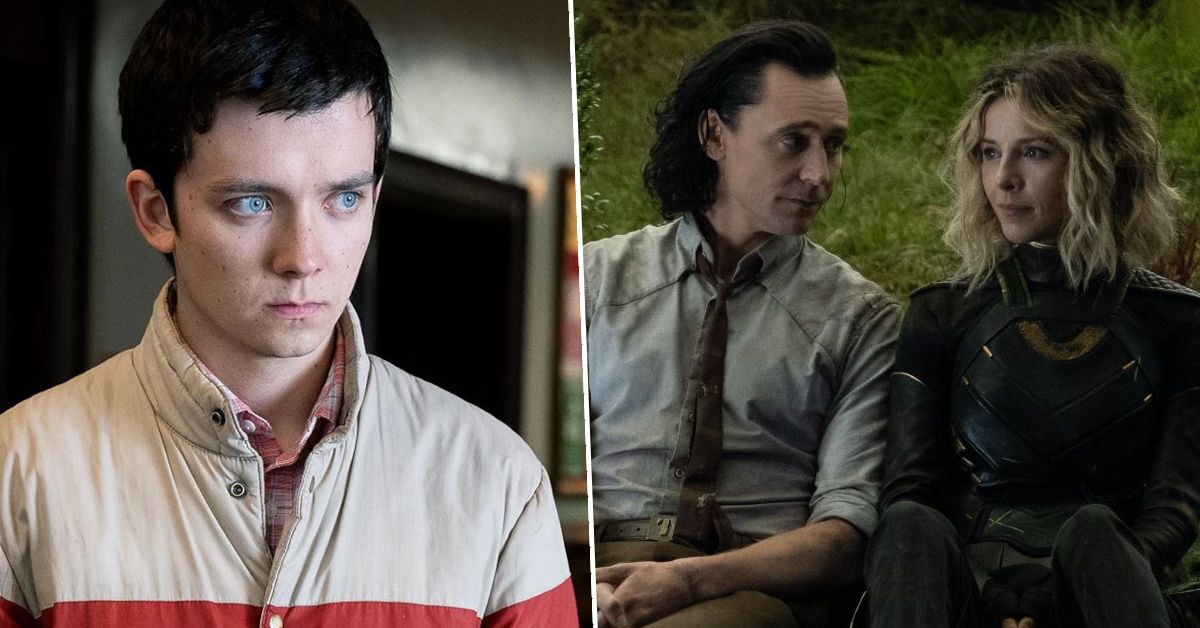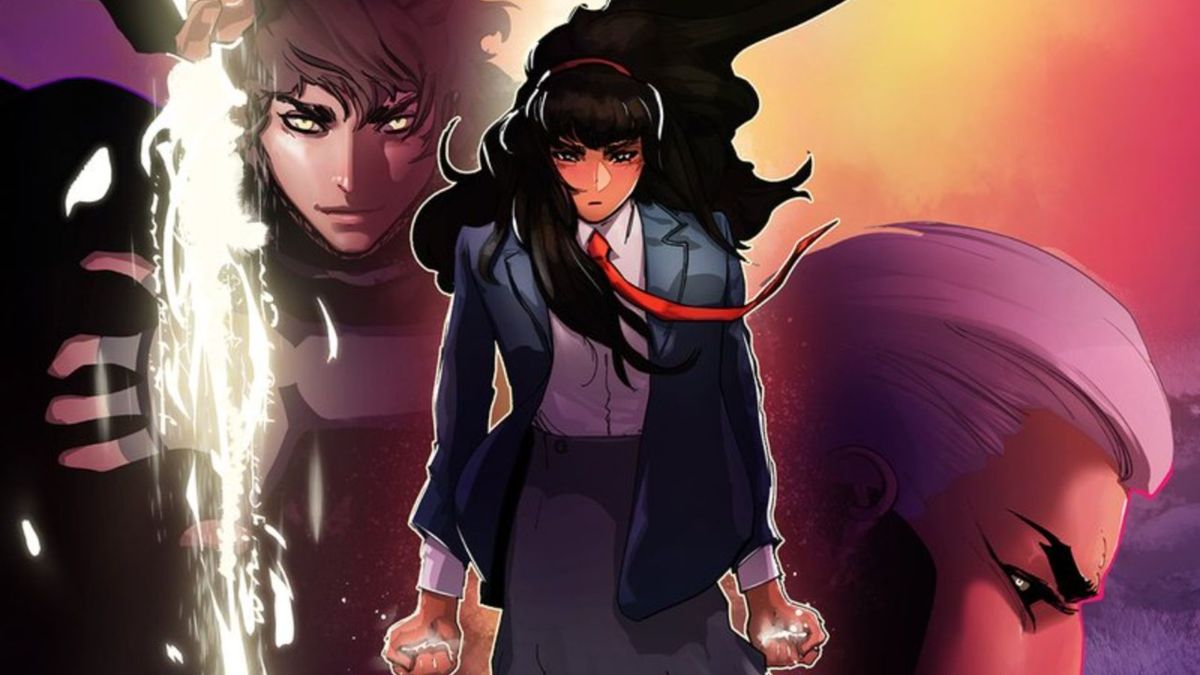The ’90s were a unique time in comic books. Not only was the medium booming in popularity like never before, but many longtime established characters and concepts were getting makeovers and new status quos to reflect the ‘extreme’ sensibilities of the time.
If you were there, you already know what we’re talking about. But if not, you may find yourself asking “What does ‘extreme’ mean?”
Well, in the ’90s, it meant skateboards, cybernetic limbs, massive guns, gritted teeth, and all manner of pouches, straps, buckles, zippers, and spikes – the kind of awesome stuff we all loved as kids, but which now holds a particularly ’90s flavor that doesn’t seem to fade.
Between the speculation boom that saw comic book readers and ‘investors’ snatching up ‘collector’s item’ comic books by the armload and the wave of clichés that overtook nearly every character, the ’90s were a definitive – if not always fondly remembered – era for comic books.
With one of the ’90s most unlikely breakout stars, Venom, now getting his second movie in Venom: Let There Be Carnage, we dug back into the ol’ archives of yesterdays gone by to recall the decade’s most ‘extreme’ examples of ’90s comic book trends – which, let’s admit, are still pretty dang fun.
Wonder Woman

There have been a few times in Wonder Woman’s career that Diana of Themyscira has given up the mantle of Wonder Woman, though few of them are remembered with much fondness.
In the ’90s, Diana lost the title, and subsequently the costume that went with it, to her Amazon sister Artemis. Diana decided to continue fighting crime under her real name, and for some reason, felt that the best get-up for the job would be an extreme leather jacket and a pair of bike shorts.
The motif has been repeated a few times since, though it’s never stuck, probably because the biker jacket look is too far from her classic superhero style.
Vengeance

What’s more extreme than Ghost Rider, a flaming skeleton on a motorcycle?
How about a flaming skeleton made of spikes and chains on a flaming motorcycle also made of spikes and chains?
Enter Vengeance, a character not explicitly, but almost certainly inspired by the success of Todd McFarlane’s Spawn.
Vengeance’s origins are a little too convoluted to get into it here, but one look at the guy should really tell you everything you need to know about his extreme roots in the heyday of ’90s comic iconography.
Extreme Justice

Could you tell from the title that Extreme Justice was way extreme? I mean, it’s right there in print.
Honestly, there’s not much that’s really ‘extreme’ about Extreme Justice, except for the wild make-overs the title provided to its roster, including an armored Booster Gold, and souped-up, extreme versions of the Wonder Twins.
Yes, you read that right.
That said, there is something kinda bonkers about taking a pair of characters created to appeal to children like the Wonder Twins from the notoriously corny Super Friends cartoon and turning them into ‘badass’ ’90s heroes.
Marvel’s Armored Heroes

In the ’90s, a lot of otherwise ordinary characters found themselves in situations where their regular costumes weren’t good enough, and they had to put on some kind of armor to compensate.
While DC did it a few times (see our next entry for an example), Marvel is the undisputed king of sticking a character who had no business wearing armor into a special exoskeleton, usually accompanied by a special edition cover, and, hopefully, a spike in sales.
Captain America, Daredevil, and Spider-Man all got the armor treatment, but Cap’s was probably the biggest departure and hasn’t aged nearly as well in concept or design as some of the other contemporary examples.
Guy Gardner: Warrior

One thing that happened in the ’90s is that a lot of characters just stopped being cool enough in their original form, necessitating an extreme makeover of the highest degree (such as the wave of armor suits we mentioned in the last entry).
Take Guy Gardner, for example. Back in the ’80s, a brash, hot-headed guy with a power ring got by on the strength of his personality. But when things started to get extreme, his attitude just wasn’t enough anymore, especially with his more level-headed counterpart Hal Jordan going all evil and becoming Parallax.
So DC decided to gussy Gardner up with new powers and a new origin, renaming his title ‘Guy Gardner: Warrior,’ and dropping his power ring in favor of an armored exoskeleton built by Blue Beetle.
Later, after drinking ‘Warrior Water,’ Guy’s heretofore-unknown latent alien DNA sprang into action, granting him shape-shifting powers that allowed him to manifest guns from his arms.
We’re going to repeat that – He. Had. GUNS. FOR. ARMS! Power Ring doesn’t look so ‘extreme’ by comparison at all.
Adam X

There’s not a lot to say about Adam X that can’t be understood just by looking at him. He’s ten pounds of ’90s cliches in a five-pound backwards baseball cap – what’s not to understand?
Actually, that’s totally not true. Adam X goes above and beyond the call of the ’90s by actually calling himself X-Treme. In an era when slapping an ‘X’ on just about anything turned it into a solid gold money machine, Adam X took things one kickflip further.
With powers that read like an eight-year-old’s fever dream – his blood is acid and can catch on fire – and a look that makes Cable seem subtle, when it comes to ’90s cliches, Adam X doesn’t just find the horizon for ’90s superhero style, he is the horizon.
The character’s ’90s heyday was recently revisited in an X-Men Legends story arc (opens in new tab) in which he was revealed to be the third Summers’ brother as teased way back when (or fourth, if you count Vulcan).
Bloodwynd

Martian Manhunter has always been the most dignified of DC’s Justice League.
Despite his oddball codename and his ’50’s sci-fi origins, there has always been something understated and refined about the sadness and alienation in his character.
Well… not always.
In the early ’90s, right when things were starting to get really ‘extreme’ over at Marvel, DC decided that stuffy old Martian Manhunter just wasn’t cool enough anymore, and decided to revamp him as ‘Bloodwynd,’ a sorcerer of sorts who draws power from a gem crafted by his ancestors.
What’s even weirder than J’Onn J’Onzz impersonating Bloodwynd is that, somewhere out there, there was a real Bloodwynd who actually continued to appear in other comics at the same time.
Now, Bloodwynd didn’t really epitomize the ‘extreme’ aesthetic, but he did get a ‘y’ in his name where otherwise there should have been an ‘i’, which was a lesser-known nod to the era.
Azrael

Azrael is like ’90s cliché BINGO all rolled up into one dark cloak.
Let’s go down the list, shall we?
Flaming swords for arms – check.
Dark cloak – check.
Named after an angel of vengeance – check.
Replaced a beloved character as a more extreme and violent version of that character – double-check.
Thanks for playing, Azrael! Didn’t we all have fun?
Heroes Reborn

Of all the attempts to take what were starting to feel like tired old characters to … well, the extreme, ‘Heroes Reborn‘ stands out as not only the most ambitious but also in hindsight one of the most head-scratching moves of the ’90s in a 1996 filled with memorable comic book moments.
Hot off the breakout success of its ‘Age of Apocalypse’ storyline that saw Marvel’s X-Men line transported to an alternate world for several months, Marvel did the seemingly impossible and struck a deal to do something similar for a year with its Fantastic Four and Avengers series (including Iron Man and Captain America). Production of all four properties (with Thor thrown in like a player to be named later) was literally farmed to two of Image’s founders – Jim Lee and Rob Liefeld (of course), creators who had left Marvel in the early ’90s.
What resulted was, to a degree, legendary. The merits of the storytelling and art (particularly The Avengers and Captain America) is well-worn territory, but what’s even more amazing looking back is how low the titles had sunk to necessitate such a Hail Mary pass, and how Marvel at the time seemingly ran out of internal ideas for the entire Avengers portfolio, an unthinkable circumstance in modern days.
The Heroes Reborn title, though not the concept. was revived this summer for a 25th anniversary event.
X-Force

Here it is, the extreme granddaddy of all subsequent extreme ’90s clichés, X-Force.
X-Force, and their leader Cable, grew out of New Mutants, right at the very end of the ’80s. And while the grim’n’gritty era was already underway, it’s X-Force that ushered in the age of cyborgs, pouches, and gimmicky foil covers in earnest.
In other words, the ’90s.
X-Force didn’t just capture the zeitgeist of the ’90s, they invented it. Love him or hate him – there’s no middle ground – Rob Liefeld’s art was unlike anything going on in comics at the time. An energetic spectacle of mutants and mayhem, X-Force brought with it uncountable copycats, each doing a more extreme parody of X-Force than the last.
 Games News games, movies and TV you love.
Games News games, movies and TV you love.



